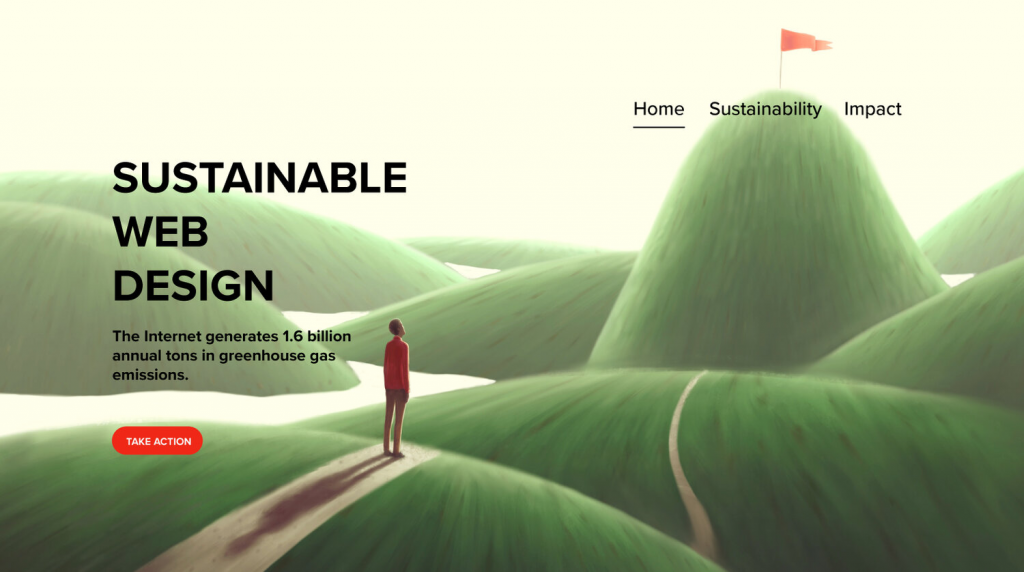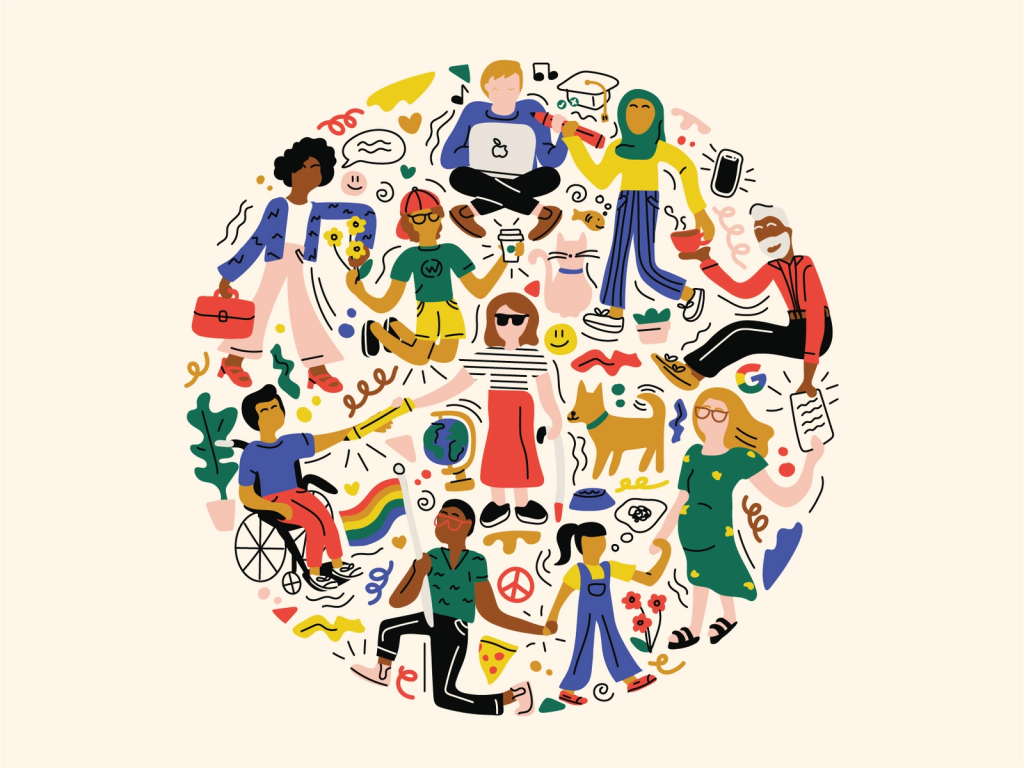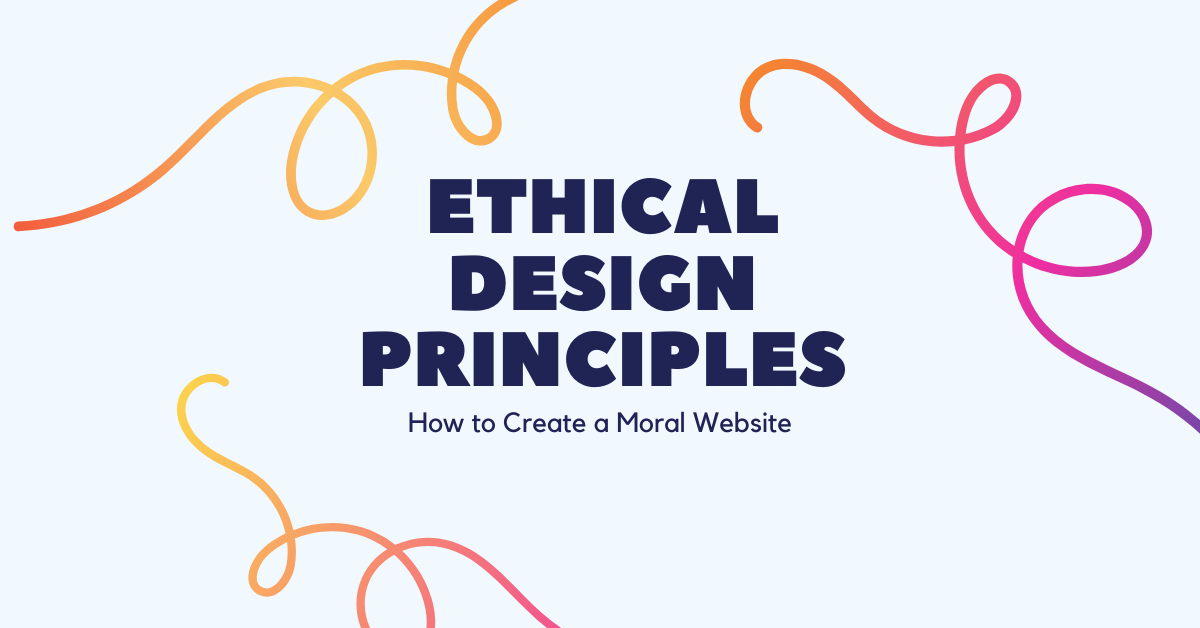As website owners and designers, we have a responsibility to create websites that are ethical. This means considering the impact of our designs on users, their privacy, and the world around us. In this blog post, we will discuss the principles of ethical design and how you can apply them to your own website. We’ll also take a look at some real-world examples of unethical design and how they could have been avoided. Let’s get started!
Most people would agree that there are some things that are just plain wrong. For example, it’s generally accepted that lying, cheating, and stealing are bad. We avoid these things because we know they hurt others and ourselves. The same goes for website design. There are certain principles of ethical design that we should all follow to create websites that do not harm users or the world around us.
Do no harm
The first principle of ethical design is to do no harm. This means considering the potential consequences of our designs before implementing them. We need to think about how our designs will impact users and whether or not they could be harmful in any way. For example, if we’re designing a website for a medical company, we need to make sure that the website is accessible to people with disabilities. If we’re designing a social networking site, we need to consider the potential for cyberbullying and harassment.

Respect users’ privacy
The second principle of ethical design is to respect users’ privacy. This means ensuring that users have control over their own data and are able to choose what information they share with us. We also need to be transparent about how we use user data and make sure that we only use it for the purposes that we’ve stated. For example, if we collect user data for marketing purposes, we should not sell it to third-party companies without the user’s consent.
Accessible for everyone
The third principle of ethical design is to create websites that are accessible to everyone. This means making sure that our designs can be used by people of all abilities and backgrounds. We need to consider how our designs will impact different types of users, such as people with disabilities, those who speak different languages, and those who live in different parts of the world. For example, if we’re designing a website for a global audience, we need to make sure that it can be translated into different languages and that it works well on mobile devices.

Sustainable
The fourth principle of ethical design is to create websites that are sustainable. This means considering the environmental impact of our designs and making sure that they’re built to last. We need to think about how our designs will impact the planet and whether or not they can be reused or recycled. For example, if we’re designing a website for a company that sells eco-friendly products, we need to make sure that the website is built using sustainable materials.
Responsible
The fifth principle of ethical design is to be responsible. This means taking responsibility for our designs and making sure that they’re used in ethically sound ways. We need to think about how our designs will be used and who will be using them. For example, if we’re designing a website for a school, we need to make sure that it’s easy for teachers to find and use educational resources.

Integrity
Sixth principle of ethical design is to have integrity. This means being honest about our designs and making sure that they reflect our values. We need to be true to ourselves and our users, and make sure that we’re not compromising our principles in the name of profit or popularity. For example, if we’re designing a website for a political campaign, we need to make sure that the website is accurate and unbiased.
Emphatic
Seventh principle of ethical design is to be empathetic. This means understanding the needs and experiences of our users. We need to put ourselves in their shoes and think about how our designs will impact them. For example, if we’re designing a website for a charity, we need to make sure that it’s easy for users to donate money or time.

Inclusive
Eighth principle of ethical design is to be inclusive. This means making sure that our designs are accessible to everyone, regardless of their ability or background. We need to think about how our designs will impact different types of users, such as people with disabilities, those who speak different languages, and those who live in different parts of the world. For example, if we’re designing a website for a global audience, we need to make sure that it can be translated into different languages and that it works well on mobile devices.
Give back
Ninth principle of ethical design is to give back. This means using our designs to help make the world a better place. We can do this by donating our time or money to charity, or by creating designs that raise awareness for important causes. For example, if we’re designing a website for an environmental organization, we can make sure that the website is built using sustainable materials.
The principles of ethical design are important because they help us create websites that are safe, accessible, sustainable, and responsible. By following these principles, we can ensure that our designs do not harm users or the world around us. By following these principles of ethical design, we can create websites that are not only moral but also beneficial to users and the world around us. Let’s take a look at some real-world examples of unethical design and see how they could have been avoided.
________________________________________________________________________________________________________________________
Unethical Design
One example of unethical design is the Facebook “real name” policy. This policy requires users to use their real names on the site, which can be harmful to users who are marginalized or who live in repressive regimes. By requiring users to use their real names, Facebook is putting them at risk of being harassed, stalked, or even persecuted. Another example of unethical design is the way that many websites handle user data. They collect user data without the user’s consent and then sell it to third-party companies. This not only violates the user’s privacy but also puts them at risk of identity theft and fraud.
Conclusion
Both of these examples show how important it is to consider the potential consequences of our designs before implementing them. We need to think about how our designs will impact different types of users and make sure that we’re not inadvertently causing harm. By following the principles of ethical design, we can create websites that are safe and beneficial for everyone. What do you think about these principles of ethical design?
That’s it for our introduction to the Principles of Ethical Design! In future blog posts, we will explore each principle in more detail. But before we go, here are three key takeaways that you should remember when designing your website: 1) think about your users and their needs first and foremost; 2) make sure that all of your design decisions are transparent and ethical; 3) always test your designs with real people to ensure that they are user-friendly. If you want to learn more about how to create a moral website, head over to Artmeet.my – our online platform for promoting creativity and ethics in digital art. There, you can find articles, tutorials and resources on everything from colour theory to web.

